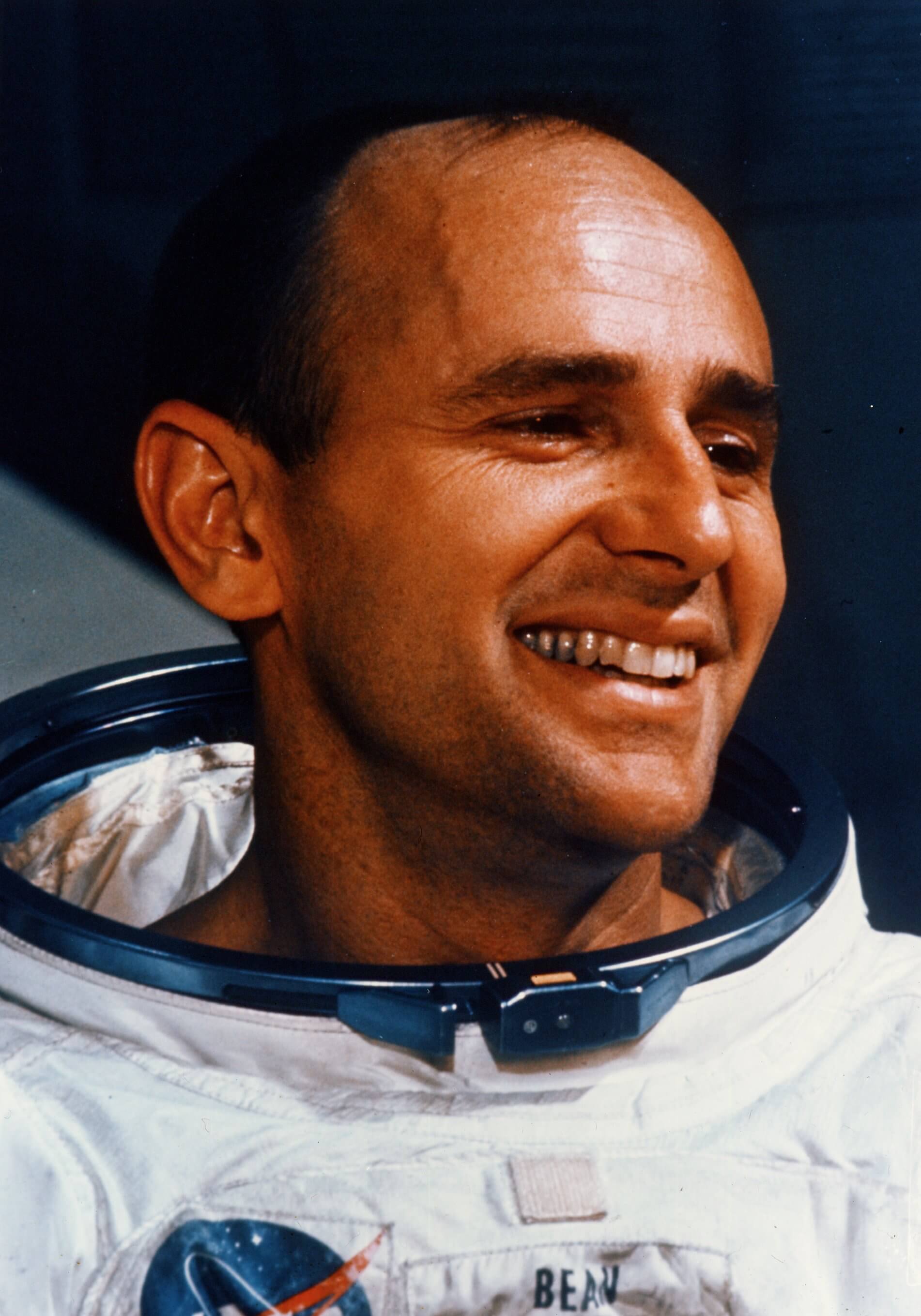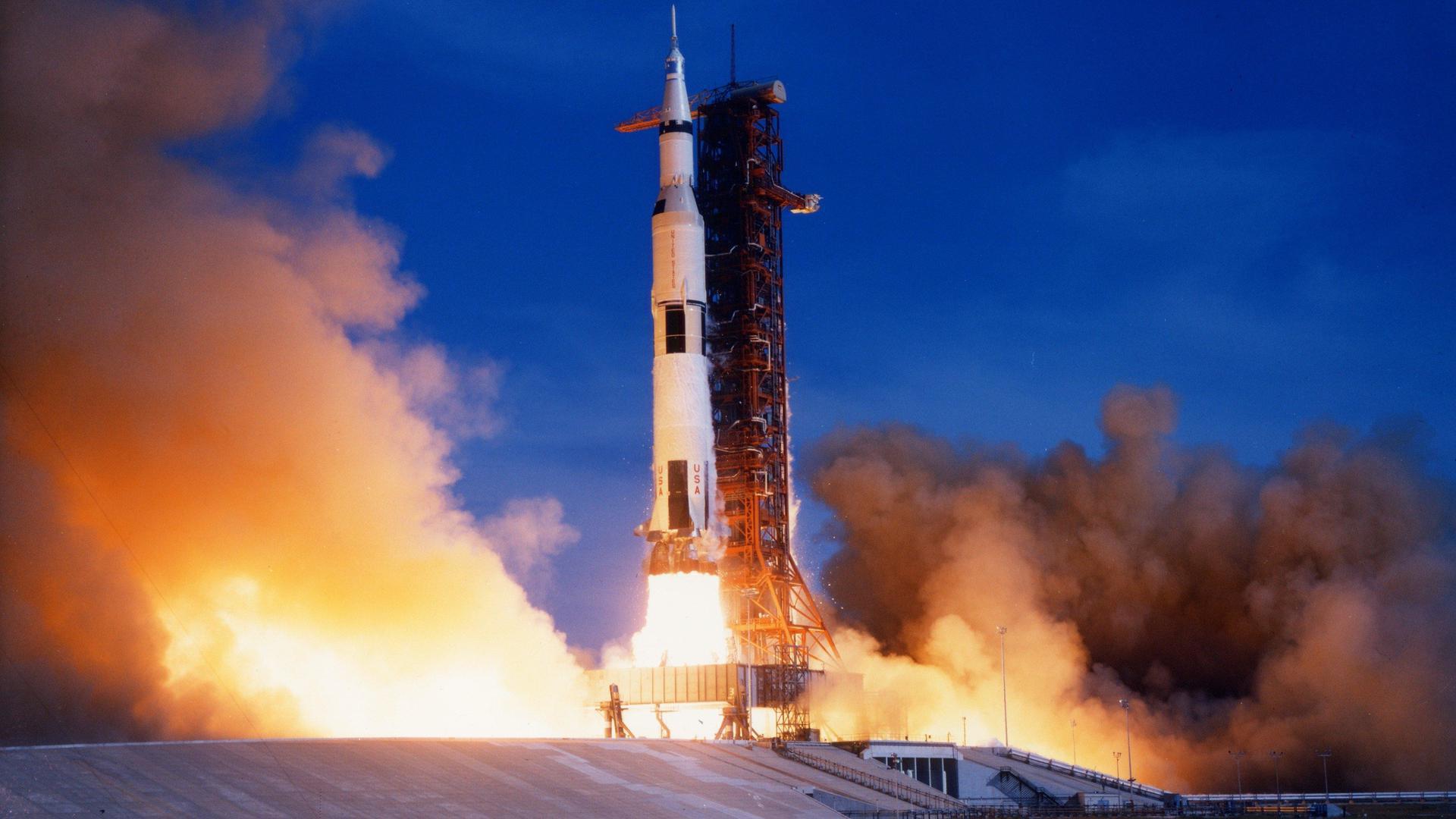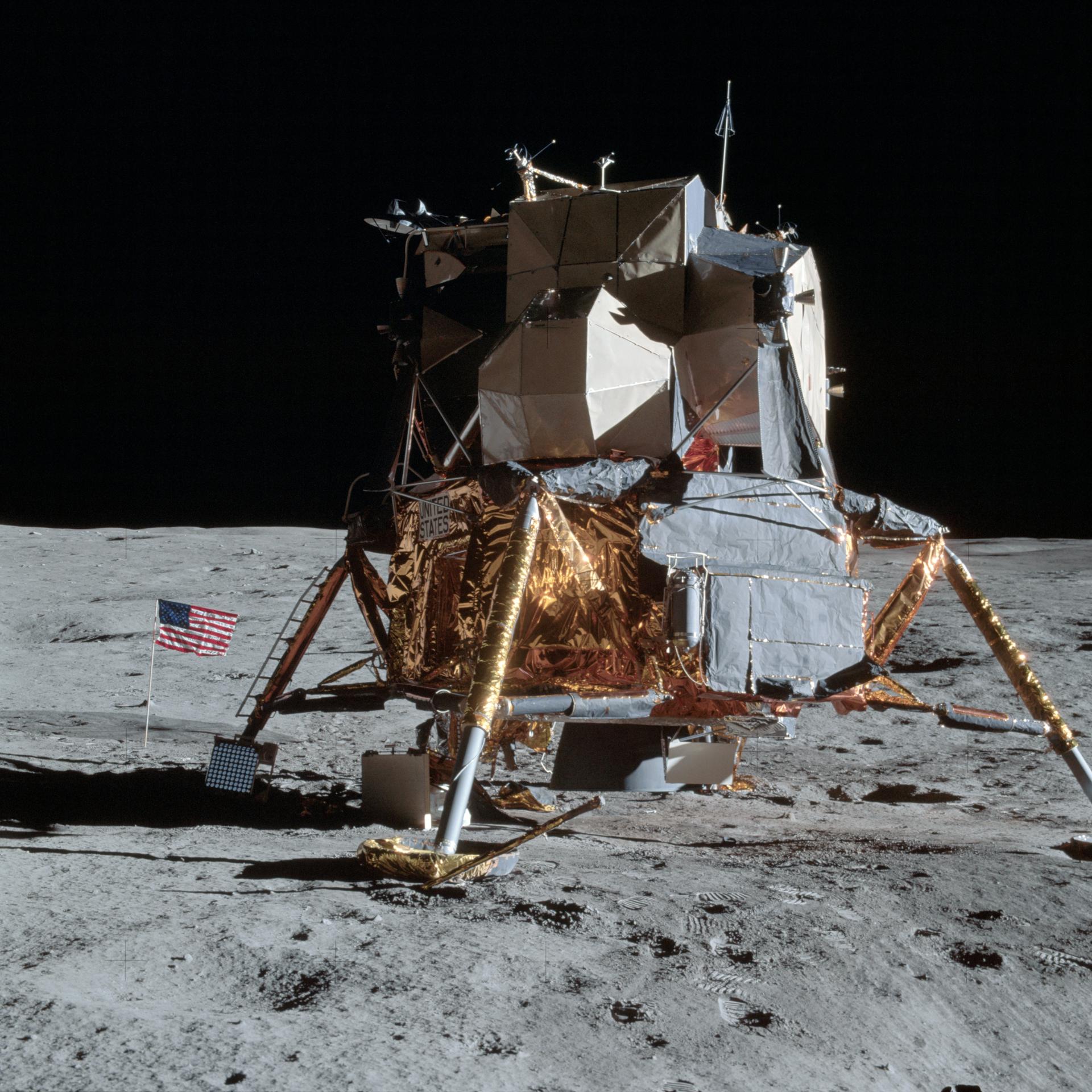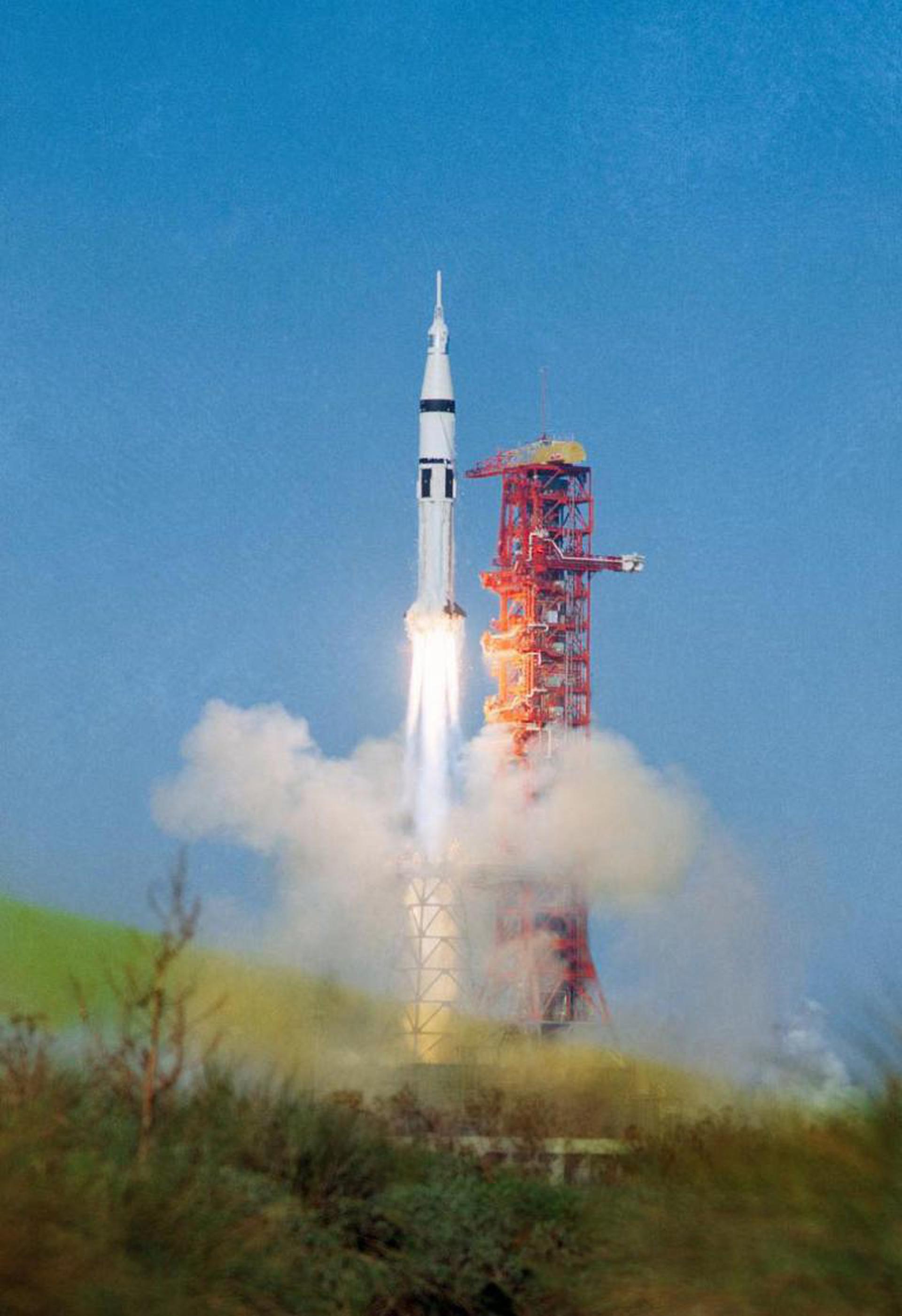Alan Bean
American - (NASA)
Deceased
Date of Birth: March 15, 1932
Date of Death: May 26, 2018
Alan LaVern Bean was an American naval officer and naval aviator, aeronautical engineer, test pilot, and NASA astronaut; he was the fourth person to walk on the Moon. He was selected to become an astronaut by NASA in 1963 as part of Astronaut Group 3. He made his first flight into space aboard Apollo 12, the second manned mission to land on the Moon, at age 37 in November 1969. He made his second and final flight into space on the Skylab 3 mission in 1973, the second manned mission to the Skylab space station. After retiring from the United States Navy in 1975 and NASA in 1981, he pursued his interest in painting, depicting various space-related scenes and documenting his own experiences in space as well as that of his fellow Apollo program astronauts. He was the last living crew member of Apollo 12.
Saturn V | Apollo 12
National Aeronautics and Space Administration | United States of AmericaKennedy Space Center, FL, USA
Nov. 14, 1969, 4:22 p.m.
Status: Success
Mission:
Apollo 12 was the second manned mission to the surface of the moon. The commander of the mission was Charles Conrad, Jr. , the Command Module Pilot was Richard Gordon, Jr. , and the Lunar Module Pilot was Alan Bean. The mission was launched on November 14th, 1969 and the Capsule safely splashed down in the ocean on November 24th, 1969
Lunar OrbitApollo LM | Apollo 12
Northrop Grumman Space Systems | United States of AmericaOceanus Procellarum, Moon
Nov. 20, 1969, 2:25 p.m.
Saturn IB | Skylab 3
National Aeronautics and Space Administration | United States of AmericaKennedy Space Center, FL, USA
July 28, 1973, 11:10 a.m.
Status: Success
Mission:
Skylab 3 (also known as SL-3 or SLM-2) was the second crewed mission to the first US orbital space station Skylab. The mission began on July 28, 1973, 11:10:50 UTC with the launch of a three-person crew. Crew members were the Commander Alan L. Bean, Science Pilot Owen K. Garriott and Pilot Jack R. Lousma. During their 59-day stay on the station, crew continued station repairs and conducted various scientific and medical experiments. The mission ended successfully with the splashdown in the Pacific Ocean on September 25, 1973, 22:19:51 UTC.
Low Earth OrbitThe National Aeronautics and Space Administration is an independent agency of the executive branch of the United States federal government responsible for the civilian space program, as well as aeronautics and aerospace research. NASA have many launch facilities but most are inactive. The most commonly used pad will be LC-39B at Kennedy Space Center in Florida.
Atlas V 551
Amazon Leo (LA-04)
Space Launch Complex 41 - Cape Canaveral SFS, FL, USAAmazon Leo, formerly known as Project Kuiper, is a mega constellation of satellites in Low Earth Orbit that will offer broadband internet access, thi…
Long March 4B
Ziyuan-3-04
Launch Complex 9 - Taiyuan Satellite Launch Center, People's Republic of ChinaThe ZY-3 (Ziyuan-3, 'Resource-3') series represents China's first high-resolution, stereoscopic mapping satellites for civilian use. The second sa…
Falcon 9
Starlink Group 6-82
Space Launch Complex 40 - Cape Canaveral SFS, FL, USAA batch of 29 satellites for the Starlink mega-constellation - SpaceX's project for space-based Internet communication system.
Falcon 9
Starlink Group 15-12
Space Launch Complex 4E - Vandenberg SFB, CA, USAA batch of 27 satellites for the Starlink mega-constellation - SpaceX's project for space-based Internet communication system.
Electron
Raise and Shine (RAISE-4)
Rocket Lab Launch Complex 1B - Rocket Lab Launch Complex 1, Mahia Peninsula, New ZealandRAISE-4 (RApid Innovative payload demonstration Satellite-4) is a Japan Aerospace Exploration Agency (JAXA) satellite for on-orbit demonstrations of …





